Introduction

White fungus, scientifically known as Tremella fuciformis, is a popular edible mushroom cherished for its delicate texture and numerous health benefits. Often used in traditional Chinese cuisine, white fungus is renowned for its ability to nourish the body, enhance skin health, and support immune function. One of the crucial steps in preparing white fungus for cooking is soaking it in water to soften it and restore its natural moisture. However, determining the optimal soaking time can be a delicate balance, as too little time may leave it tough and unyielding, while too much can result in an overly soft, mushy texture or even promote bacterial growth. This article aims to provide a comprehensive guide on how long to soak white fungus for the best results, along with tips on storage, preparation, and cooking methods.
Understanding White Fungus
Before diving into the soaking process, it’s essential to understand the unique properties of white fungus. This edible mushroom grows naturally on dead or decaying wood, particularly in regions with high humidity and moderate temperatures. Its gelatinous texture and translucent appearance make it a versatile ingredient in various dishes, ranging from sweet soups to savory stir-fries. White fungus is rich in dietary fiber, polysaccharides, vitamins, and minerals, contributing to its reputation as a superfood.
Why Soaking is Necessary
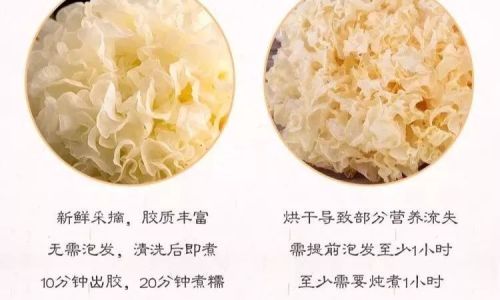
Soaking white fungus serves several purposes:
- Hydration: It rehydrates the dried mushroom, restoring its natural moisture content and making it pliable for cooking.
- Cleaning: The soaking process helps remove any dirt, debris, or impurities that may be present on the surface or within the crevices of the mushroom.
- Texture Enhancement: Proper soaking ensures that the white fungus maintains its desired texture when cooked, whether you prefer it slightly crisp or fully tender.
Optimal Soaking Time
The optimal soaking time for white fungus can vary depending on its size, thickness, and the intended use in recipes. However, a general guideline is to soak white fungus in cold or lukewarm water for approximately 2 to 4 hours. Here’s a more detailed breakdown:
- Small Pieces: If you’ve broken down the white fungus into small pieces or shards, soaking for 2 to 3 hours should suffice. This ensures that the pieces soften evenly without becoming overly mushy.
- Large Pieces or Whole Mushrooms: For larger pieces or whole mushrooms, soaking for 3 to 4 hours is recommended. This longer period allows the interior of the mushroom to fully absorb water and soften.
- Hot Water Soaking (Optional): If you’re in a rush, you can soak white fungus in hot water (not boiling) for about 30 minutes to 1 hour. However, be cautious with this method as it can accelerate the softening process but may also slightly alter the texture and flavor.
Soaking Techniques
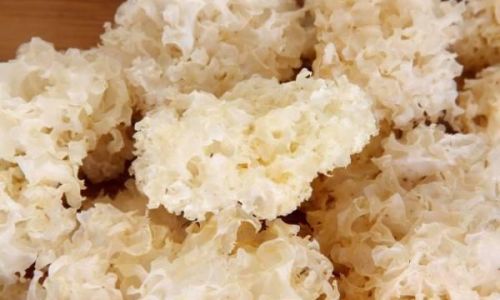
- Clean the Fungus First: Before soaking, rinse the white fungus under cold running water to remove any loose dirt or debris.
- Use Clean Water: Ensure the soaking water is clean and free of contaminants. Filtered water is ideal.
- Change the Water: After the initial soaking period, drain the water and rinse the fungus again. This step helps remove any residual impurities and prevents the growth of bacteria.
- Avoid Over-Soaking: Once the white fungus has reached the desired softness, remove it from the water immediately to prevent it from becoming too mushy.
Storage After Soaking
If you’ve soaked the white fungus but aren’t ready to cook it immediately, here’s how to store it:
- Refrigeration: Place the soaked and drained white fungus in an airtight container and store it in the refrigerator. It can be kept for up to 2 days before cooking.
- Freezing: For longer storage, you can freeze the soaked white fungus. Drain it well, place it in a freezer-safe container or bag, and remove as much air as possible before sealing. Frozen white fungus can be kept for up to 3 months.
Cooking Methods
Once your white fungus is properly soaked, it’s ready for a variety of cooking methods:
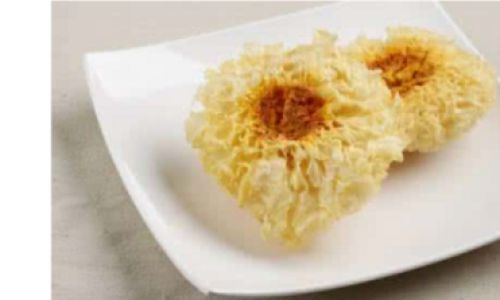
- Soups and Stews: White fungus is a staple ingredient in many Asian soups, adding a silky texture and subtle flavor. Simmer it gently with other ingredients until tender.
- Stir-Fries: For a crunchier texture, quickly stir-fry soaked white fungus with vegetables, meats, or seafood.
- Desserts: Its mild sweetness makes it perfect for desserts like chia pudding, fruit salads, or even as a topping for ice cream.
- Smoothies and Beverages: Blend soaked white fungus with fruits, nuts, and dairy or plant-based milk for a nutritious and refreshing drink.
Conclusion
Soaking white fungus is a crucial step in preparing this versatile and nutritious ingredient for cooking. By following the guidelines provided in this article, you can ensure that your white fungus reaches the perfect balance of texture and flavor. Remember, the optimal soaking time may vary slightly based on personal preference and the specific recipe you’re following. Always err on the side of caution by starting with a shorter soaking period and adjusting as needed. With proper soaking, storage, and cooking techniques, white fungus can become a staple in your kitchen, adding both nutrition and delight to your meals. So, the next time you’re ready to incorporate this superfood into your diet, remember: patience and attention to detail are key to unlocking its full potential.



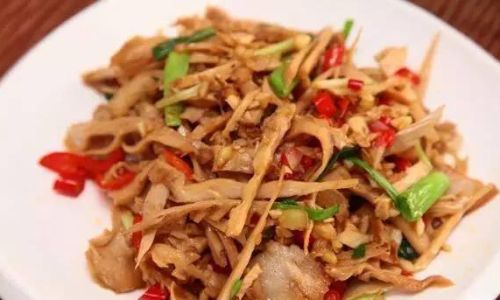
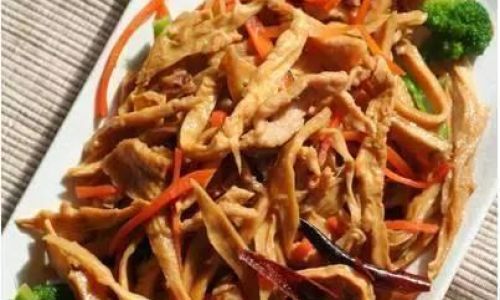
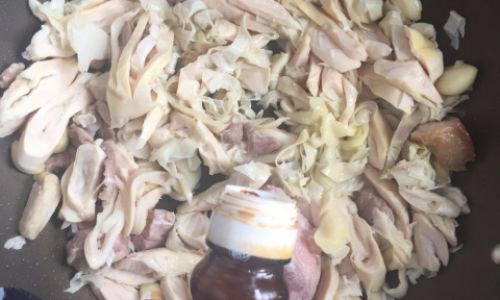
0 comments